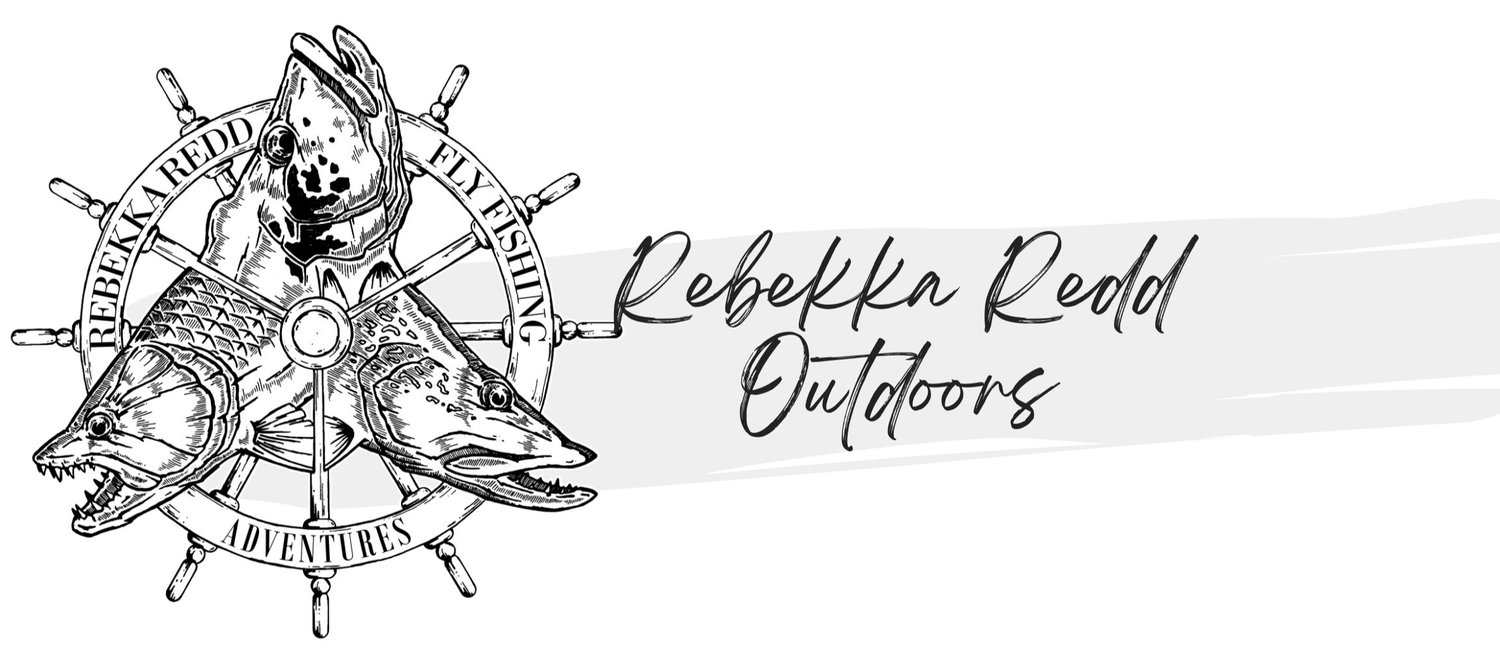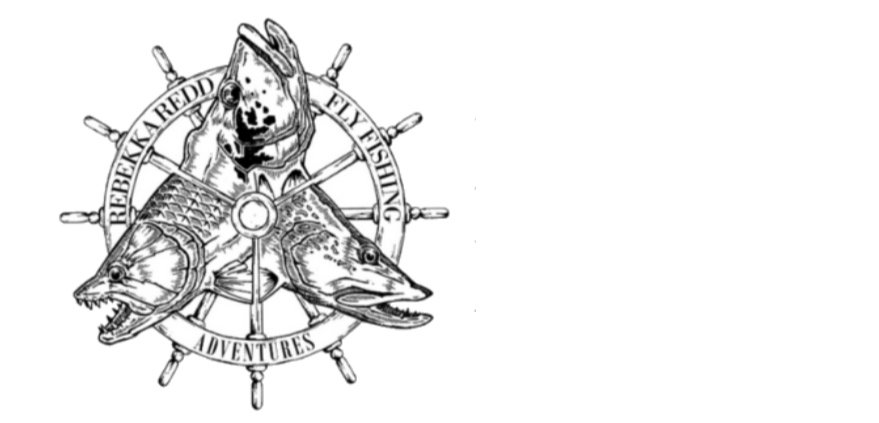



Fall Musky Gear Guide
Here are some key essentials for fly and conventional tackle you’ll need:
FLY ROD: I use a 10, 11 or 12 WT Thomas and Thomas fly rod — you’ll want a fast action fly rod for casting heavy flies and doing a figure eight pattern.
Reel: Matching large arbor reel (I use and recommend Abel or Ross reels) with capacity for 350 grain sinking line with 150 yards of gel spun backing.
LINE: 350–400 grain full sinking line & 12 weighted forward Pike/ Musky specific floating line
LEADER: 7 ½ ft of 40-lb test flouro with 2 ft of 40-lb steel (coated) leader. To simplify, you can buy the knottable wire bite pre-made with a 40-lb test tapered leader.
In early fall (after the first frost), baitfish will begin escaping the shallows because it’s becoming too cold and they'll move into deeper, more oxygenated waters from their favorite summer shallows.
The bait fish are roughly 3-6 inches long, and the size of your fly should be about the same size. As fly anglers, we agonize over what fly to use. And since musky are extra tricky to catch on a fly, choosing the right "bait" is key.
Flies used: Size 2/0 to 6/0 Mustad hook in a variety of colors –
from 3 inches to 12 inches in length. My favorite go-to musky flies are created by some of the best tyers and musky anglers out there.
Here are some I recommend and use:
T-Bone, game changer, wedge head, Buford, hang time optic minnow, 747, Dahlberg mega diver, super swimmy, shuttlecock, esoxulator, yard sale, jumpin’ jack flash, optimus swine, b1g foosa, ¼ chicken dinner, and musky thriller.
Fall is a very challenging time to fly fish for musky, but the rewards are quality size and beautifully colored fish. Spring and summer are typically more successful times to land higher numbers of musky on the fly.
Conventional Gear
Okuma rod in 7-ft medium heavy fast action with matching baitcaster reel, 80-lb
Line: braid, and a 100-lb fluorocarbon leader with a stay-lok snap.
Okuma — 8 ft. 6 ’, extra heavy fast action rod, paired with a matching baitcaster, with a power handle, and 80-lb braid; the longer the rod, the easier it will be to do a figure 8 motion.
The common leader for general musky fishing is 12–18 inches of 80-to 100-lb flouro-carbon test with swivel snaps down to a stay-lok snap, then the lure.
Lures: When using conventional lures, you’ll be stepping it up in size!
Aside from chucking big flies, I use some massive 14′′ swim baits and other fall-season soft plastic lures such as bulldogs, jakes, grandmas, and bucktail spinners.
Other essentials:
• Warm clothing: dressing in layers is essential to being comfy for the long days on the water
• 3 to 4 pairs of winter mitts/gloves
• Hats and beanie/toque
• Waterproof boots
• Full survival suite for boating is ideal.
• Water, plenty of water, hot tea, coffee in the thermos
• Head lamps for low light when getting off or on the water
• Pack a cooler of food and eat on the lake! More time spent on the water will increase your musky hookup.
• Dry bags—to keep extra clothing dry
• Camera – with a water-tight case, a smart phone is plenty.
The boat I use is a 21-foot deep hull Alumacraft competitor, run by a 250 HP engine, with Minnkota Ulterra self-loading trolling motor .
Practice patience, and stay with it! Don’t get discouraged. Musky fishing can be extremely rewarding, yet oh so humbling and frustrating most of the time. Like with anything that's challenging, the final reward brings great joy!
Happy hunting!

